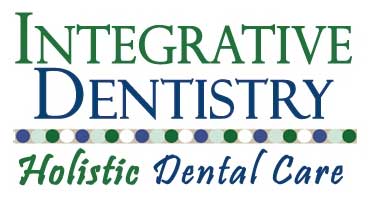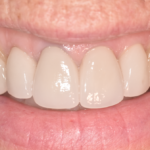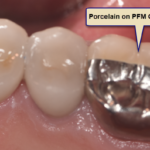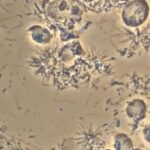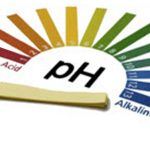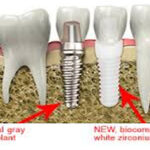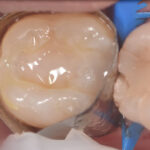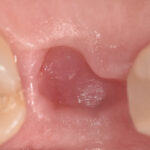 Whiter. brighter teeth is all the rage these days. It is something most everyone can do to improve the overall appearance of your teeth and smile. Most bleaching systems today use some form of carbamide peroxide, which is different than the type you usually get for your medicine cabinet. It comes in a gel and can be used either at home (applied directly to your teeth or in trays), or in the dental office with special lights and higher concentrations.
Whiter. brighter teeth is all the rage these days. It is something most everyone can do to improve the overall appearance of your teeth and smile. Most bleaching systems today use some form of carbamide peroxide, which is different than the type you usually get for your medicine cabinet. It comes in a gel and can be used either at home (applied directly to your teeth or in trays), or in the dental office with special lights and higher concentrations.
A question I get quite often is, “Is bleaching safe?” and “Does it leach or damage my teeth?” What I always tell my patients is that whitening is something you can do for yourself that is easy and relatively inexpensive. While there are ingredients in the gels that I am not a fan of, like glycerine and propolyne glycol, I give patients detailed instructions on how to minimize exposure, including how not to swallow it during use.
In regards to the second question, it appears that part of the leaching proccess that pulls the “stain” or yellowness out of your teeth involves decalcification of the surface enamel. If you can imagine the surface of your teeth under a high powered microscope you would see a slight etched or a ‘frosty’ appearance to the surface of the enamel. This is decalcification.
In the study A Basic Study on Dental Whitening and Relapse by Extrinsic Stain printed in the Ohu University Dental Journal, it is postulated that relapse occurs or that the initial whiteness acheived will fade because of recalcificationof your teeth from minerals in your saliva. To quote the study this is, “Due to various substances in saliva deposited on the enamel surface coarsened by whitening and decalcification.”
The study uses recalcifying agents to prove that decalcification of the tooth surface has occurred. There has been more products coming to market attempting to address this concern. I have seen more bleaching products come with some recalcifying ingredient mixed into the gel. I’m not sure of the efficacy of these ingredients or if the strategy of putting them into the gel itself is effective.
What I am recommending to my patients is that they use a product that remineralizes teeth after they bleach their teeth. There are various products for this but the simplest one is using salt water and baking soda. This is an age old formula used to tighten gums and make your mouth more alkaline. However, it is important to do this correctly. I will dedicate tomorrows post on just how to use this health promoting combination when you brush your teeth.
Another product that I have found to be effective is a mineral powder that can be used when you brush your teeth. There are other benefits to using this product as well in promoting a healthy mouth. I will dedicate a future post to this product as well. Soon I promise.
Dr. Carey O’Rielly is a holistic dentist in San Diego, California who truly understands and practices the tenets of holistic health, both as a practitioner and in his personal life. His remarkable knowledge of the field came about through years of study and experience, initiated by his own work-related health challenges.
